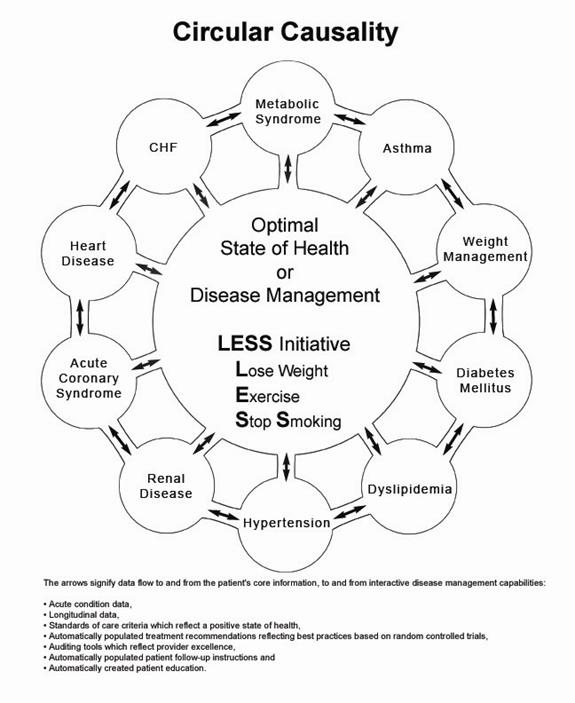
These principles are illustrated with specific examples.īiological relativity boundaries in physiology circular causality downward causation entangled causation. The forms of causation also change according to the levels concerned. To solve problems we therefore tend to try to look at the root of the problem, and try to fix what's causing it. Cause A makes effect B happen, and this relationship is simple and linear. Both forms play functional roles in organisms, particularly in their responses to novel challenges. A lot of people are taught to think in terms of cause and effect. It is important to distinguish those that do from those that don't. The questions tackled in this article are: (1) where and when do these boundaries exist? and (2) how do they convey the influences between levels? We show that not all boundary conditions arise from higher-level organization. Downward causation is then best represented as determining initial and boundary conditions. Upward causation can be represented by the differential or similar equations describing the mechanics of lower level processes.

With all the many different types of causality which exist, one can only make metaphysical assumptions on the relationships between phenomena as to which ones are truly causal.

But the forms of causality are also necessarily different. in philosophy, refers to the concept that all events occur through causes, and that these same events are a result of preceding events. The principle requires circular causality between levels of organization. The purpose of this article is to assess the status of the applications of the principle and to clarify some misunderstandings. Since the Principle of Biological Relativity was formulated and developed there have been many implementations in a wide range of biological fields.


 0 kommentar(er)
0 kommentar(er)
